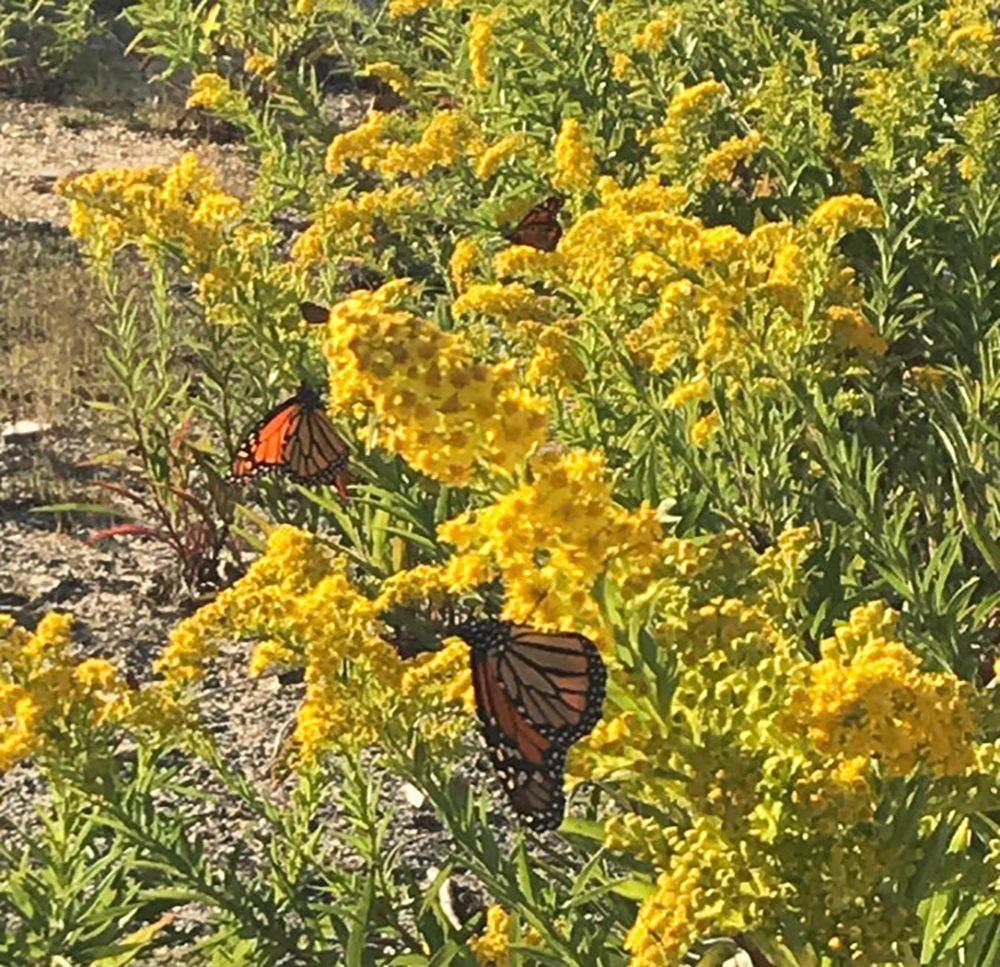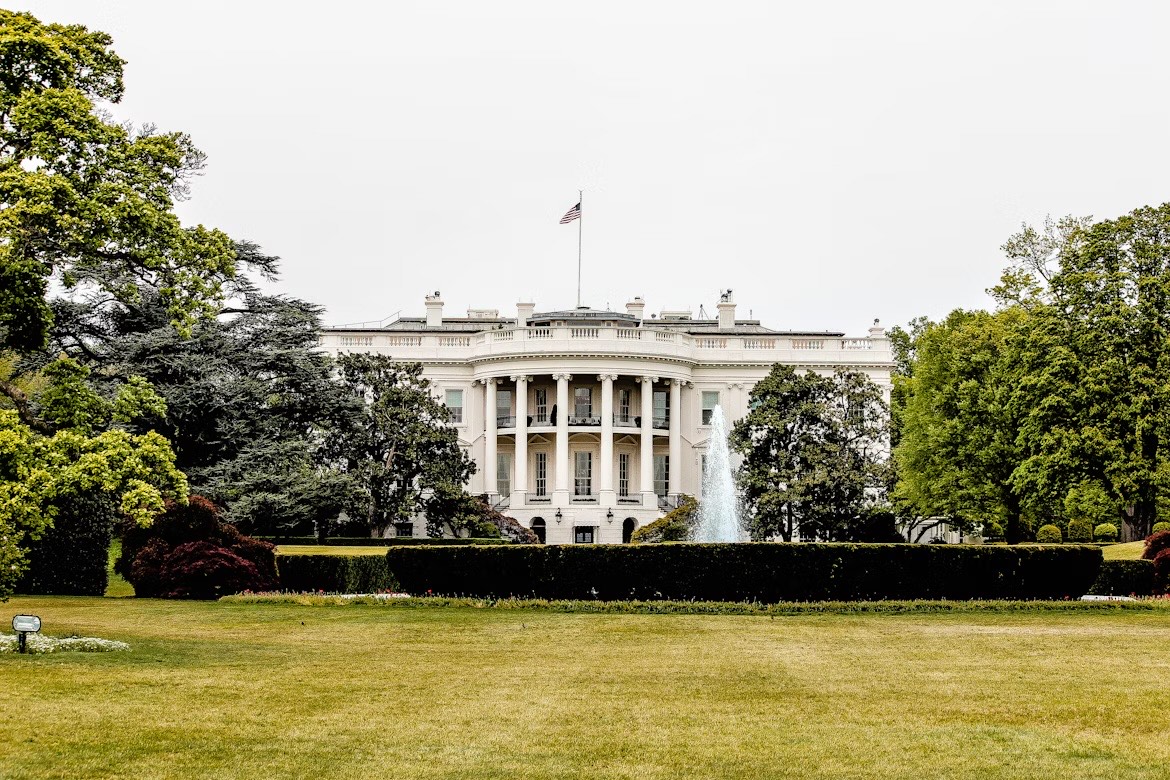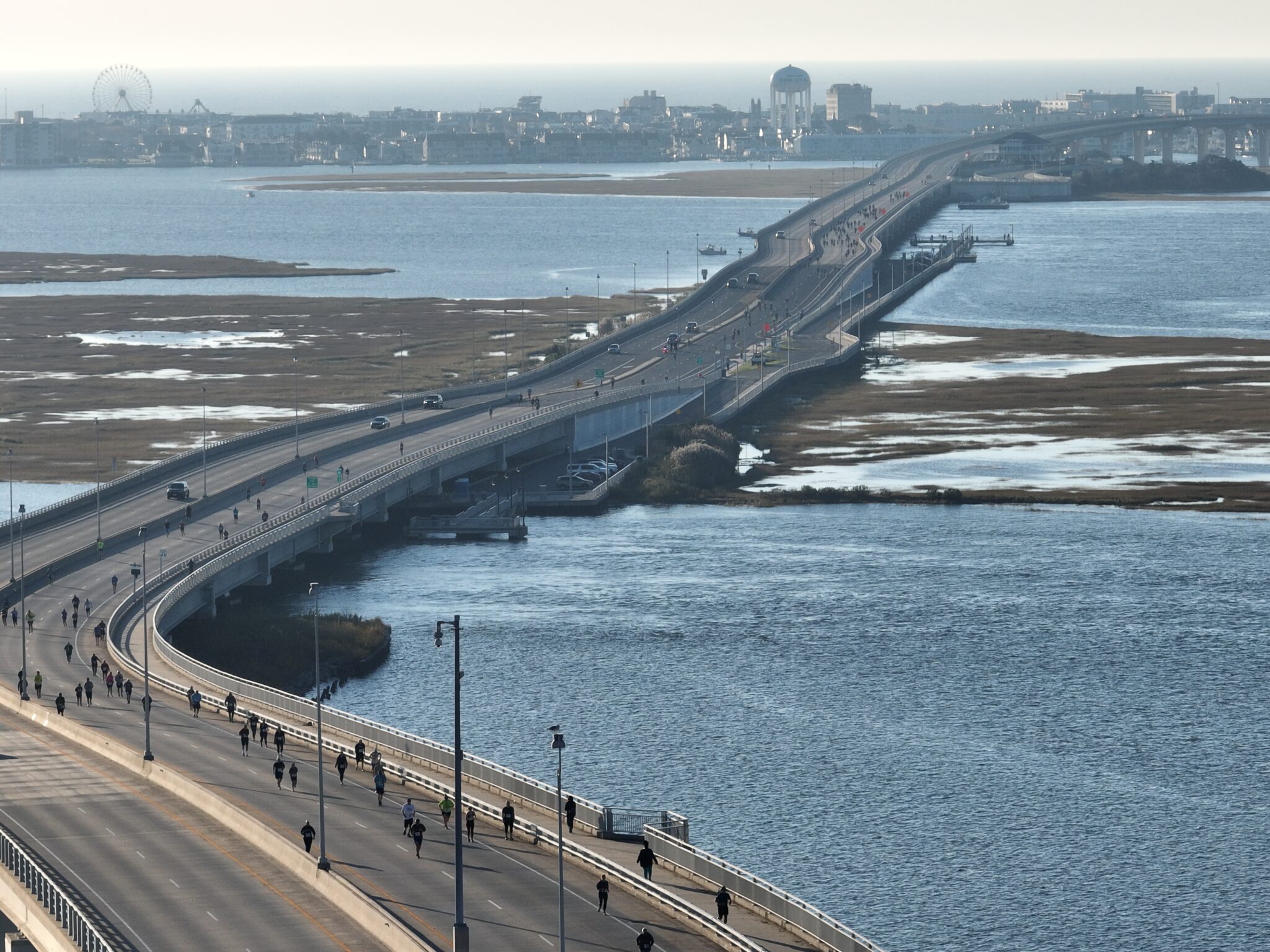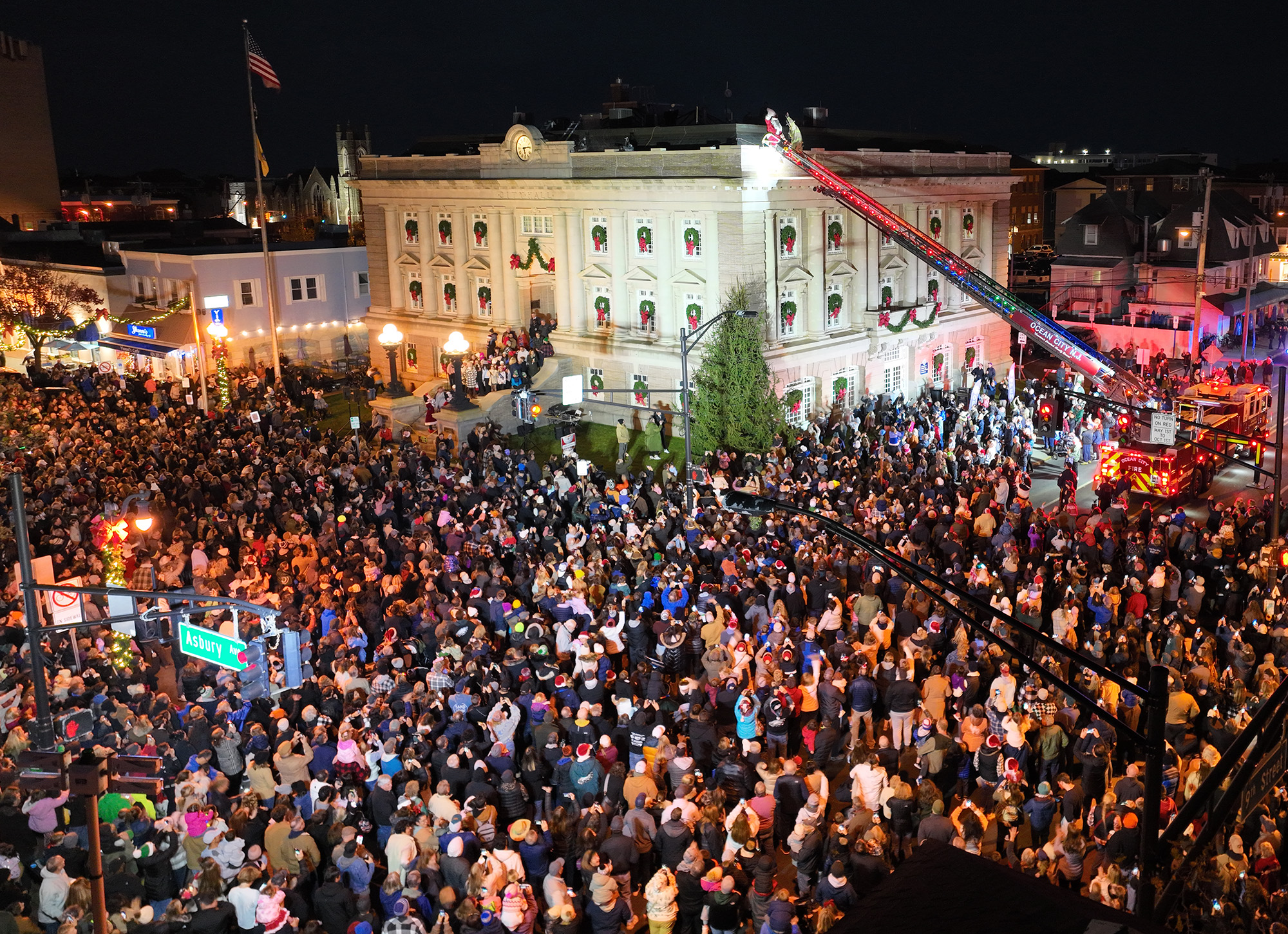By Cindy Christy Fertsch
Seaside goldenrod pops out of the dunes along the coast, like bursts of sunshine. Monarch butterflies glide between the golden flower clusters, fueling up for their migration south. These are the unmistakable signs of fall at the Jersey Shore.
Goldenrod blooms from late August to November, and is an important late season food source for bees and butterflies. It grows to about three to four feet tall near the ocean, usually on the backside of the dunes.
Seaside goldenrod, and all the plants growing on the dune, are very important in keeping the dunes healthy and strong. They trap and hold sand as the wind blows it around, preserving, stabilizing and enlarging the dunes. This is important as the dunes are our first line of defense against storms and coastal flooding. Although goldenrod has a large root system, it has brittle stems — so it’s best to keep off the dunes and enjoy them from a distance. The seedheads remaining after the goldenrods are done flowering are enjoyed by the the birds.
Goldenrod is a vital plant to the Jersey Shore ecosystem but is often mistaken for ragweed. Unlike ragweed, it has heavy, sticky pollen that isn’t spread by wind. Goldenrod is not to blame for your allergies.
Goldenrod needs full sun, and grows well in sandy soil, or pure sand. The flower clusters are composed of hundreds of tiny yellow flowers on the top of a tall stem. The fluffy-looking cluster of flowers is about two to five inches long. Most of the evergreen leaves are arranged around the base of the plant, with some alternately along the flower stem.
If you are thinking about a pollinator garden, goldenrod provides food for pollinators, shelter and nesting habitat for birds. Seaside goldenrod is one of the latest plants to bloom and is beautiful with late asters.










